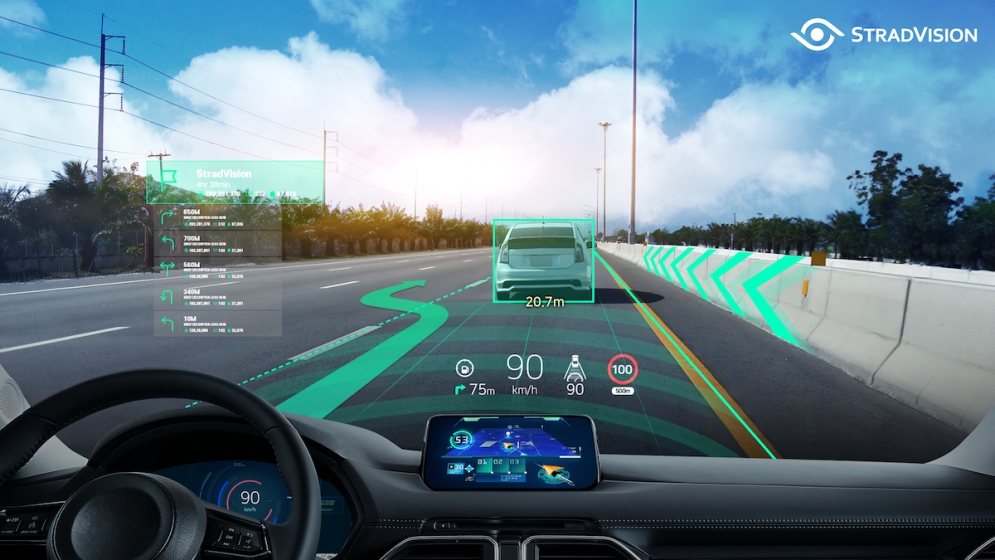This next-generation technology projects important road information such as navigation and various ADAS warnings into the line of sight of drivers, allowing them to keep their eyes on the road while also perceiving the surroundings accurately through real-time interaction with the objects in their path.
StradVision’s technology for augmented reality application, delivered by its camera perception software SVNet, is focused on improving visuals for head-up displays or center screens of automobiles. The software provides the most enhanced vision perception features, including:
- Depth-map Solution: The latest feature implementing innovative Pseudo LiDAR technology, which replaces high-cost and high-performance LiDAR equipment. Offering the high precision of distance measurement to an object with only a mono-channel camera
- Semantic Segmentation: A technology that classifies objects by analyzing the images acquired through the vehicle's camera on a pixel-by-pixel basis through deep learning technology
- Lane Detection: Recognizing lines on the road for essential ADAS features such as Lane Departure Warning, Lane Keeping System, Lane Keeping Assistance System, Lane Centering Assist
SVNet is a lightweight software that allows vehicles to detect and identify objects accurately, such as other vehicles, lanes, pedestrians, animals, free space, traffic signs, and lights, even in harsh weather conditions or poor lighting. The software relies on deep learning-based perception algorithms, which compared with its competitors is more compact and requires dramatically less memory and electricity to run.
SVNet is currently used in mass production models of ADAS and autonomous driving vehicles that support safety function Levels 2 to 4.



